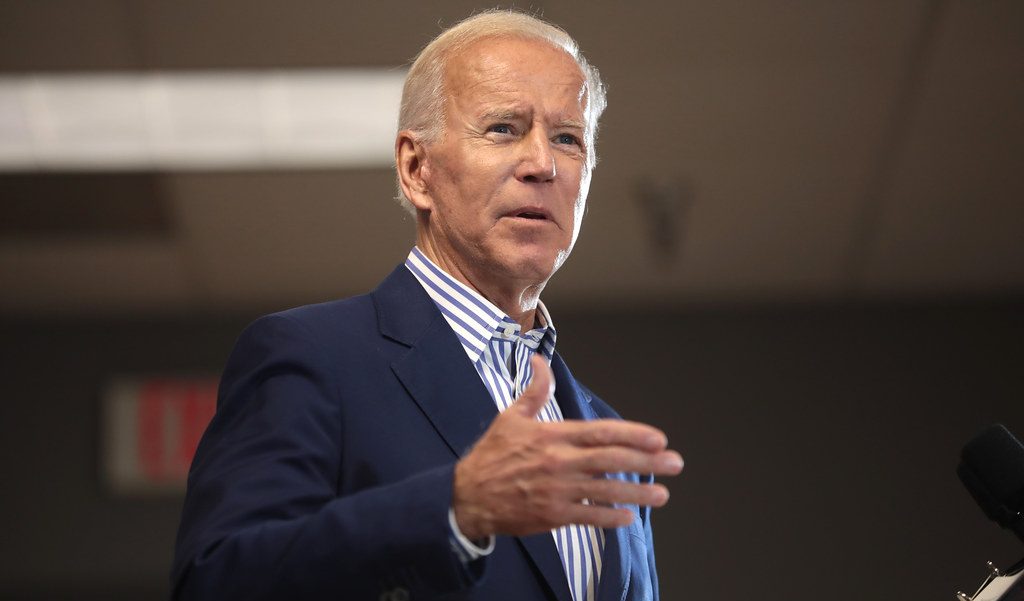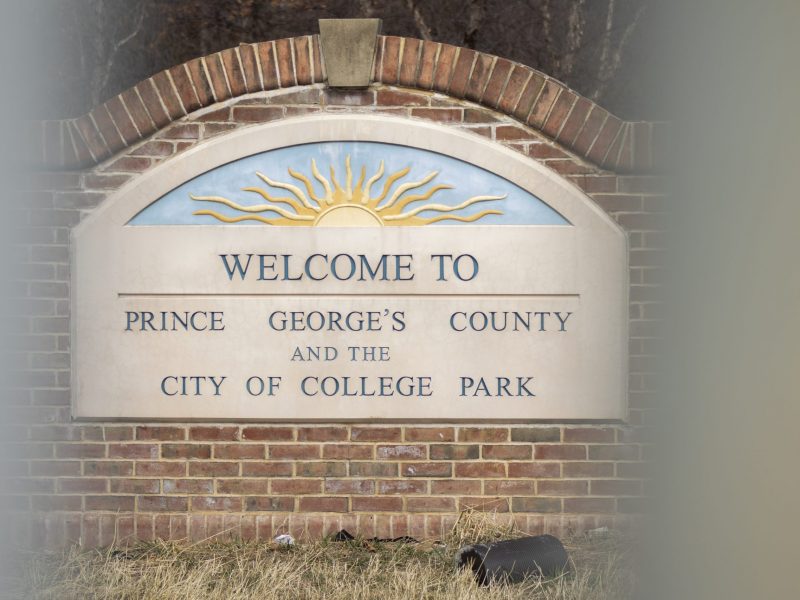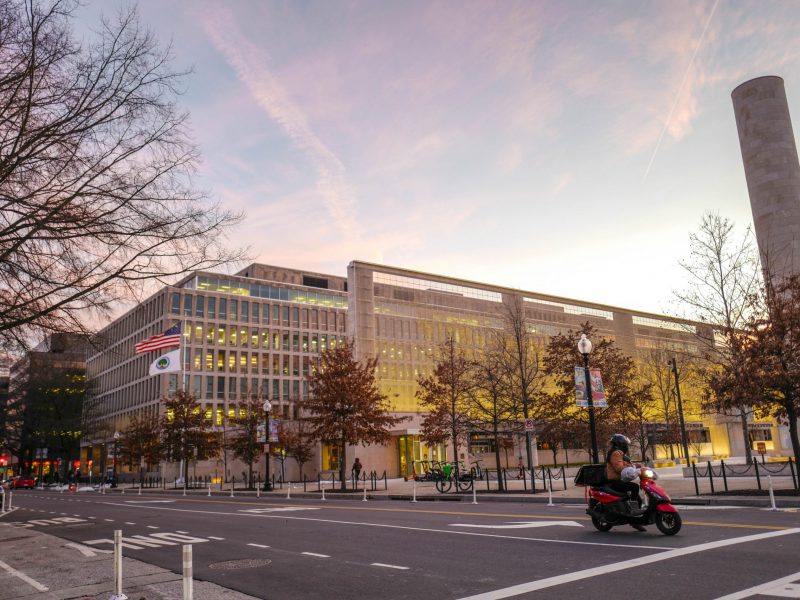In the opening weeks of Joe Biden’s presidency, he has shown a willingness to adopt immigration reforms — something that he pledged in his campaign. He has passed eight immigration-related executive orders, with six reversing Trump-era policies.
Here’s what you need to know about Biden’s actions related to immigration.
A road to citizenship for DACA beneficiaries and undocumented immigrants
On his first day in office, Biden issued several immigration-related executive orders, one of which pledged to continue the Deferred Action for Childhood Arrivals program.
The program, which came to fruition under the Obama administration, shields undocumented immigrants from deportation if they arrived to the U.S. as children. The Trump administration sought to end the program in 2017, which sent it through a spiraling maze of litigation for about three years.
Biden also sent his immigration plan to Congress, proposing a framework to allow DACA recipients and undocumented immigrants a legal path to permanent residence and citizenship.
Undocumented immigrants make up about 11 million people in the United States, and there are approximately 120 undocumented students at the University of Maryland.
Under Biden’s proposal, DACA recipients, farmers and Temporary Protected Status holders can apply for a green card immediately and be on track to apply for citizenship three years later. TPS is granted to immigrants from countries affected by armed conflict or natural disasters.
All other undocumented immigrants will be eligible to apply for a green card after five years. Once they meet certain requirements — passing a background check and paying taxes, for example — they will be on track to apply for citizenship three years later.
[For UMD students and alumni who stutter, Joe Biden’s election win is “incredibly powerful”]
The Home is Here Coalition, which represents more than 100 immigration organizations across the country, believes there’s more work to be done to ensure Biden’s immigration plan is more than “promises on paper” and urged Congress to pass the proposal.
“Now, with a Democratic-controlled Senate, there is no time for excuses in making this act a reality,” the coalition wrote in a statement. “President Biden and Congress must lead with urgency on all fronts to achieve the protections for our communities.”
Sweeping changes to the U.S. immigration system
In executive orders issued Tuesday, Biden introduced steps to work toward reforming the country’s immigration system.
The first order, which addresses the separation of families at the U.S.-Mexico border, calls for the creation of a task force dedicated to reuniting families.
As of October, more than 5,400 children have been separated from their parents at the border, according to the American Civil Liberties Union. As of October, the parents of about 545 of these children have not been found.
To aid in the effort to reunite children with their parents, the task force will include the federal government, community stakeholders and representatives of impacted families, according to the executive order.
The order also states that the task force will make recommendations to the president and federal agencies to accelerate the process of reunification and prevent the possibility of more separations. The order also revoked the Trump administration’s order justifying the separation of families at the border.
But reuniting families is a tall order. Many parents of children held at the border have already been deported, making reunification even more difficult.
The second order aims to address illegal immigration through a three-part plan. The first step will “confront the instability, violence, and economic insecurity that currently drives migrants from their homes,” though it is unclear how the administration will do so.
In part two of the plan, the administration plans to work toward providing protection and opportunities to asylum seekers and migrants closer to their countries of origin. In order to do this, the administration will work with foreign governments, international organizations and nonprofits, the order read. And lastly, the administration will work to provide access to “legal avenues” for Central American refugees to enter the country.
The president’s latest executive order elevates the White House’s role in promoting the integration and inclusion of immigrants. The order is also calling for the reestablishment of the Task Force on New Americans and “ensuring that our legal immigration system operates fairly and efficiently.”
[Biden’s emergency COVID-19 plan includes stimulus checks for adult dependents]
The administration is also requiring federal agencies to review recent regulations, policies and guidance that may have set up barriers for those seeking legal residence. This order also rescinds Trump’s memorandum requiring family sponsors to pay the government for any public benefits used by a relative who had immigrated to the country.
Deportations
The U.S. Department of Homeland Security announced on Inauguration Day that it would pause deportations of certain undocumented individuals for 100 days starting on Jan. 22.
Just a few days later, the order, which was enacted by the president, was challenged by a Texas judge, who ruled against the 100-day suspension, allowing deportations to resume. Since then, hundreds of immigrants have been deported to at least three countries, the Associated Press reported.
Meanwhile, some organizers are working at a local level to promote change. In Maryland, organizers are pushing for the passage of a bill that would allow universal legal representation for all immigrants in the state facing deportation cases.



